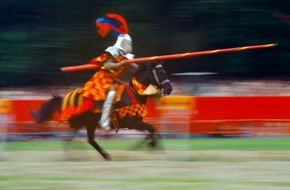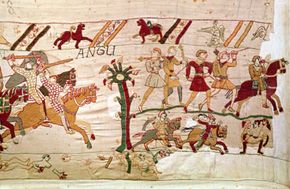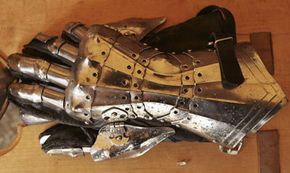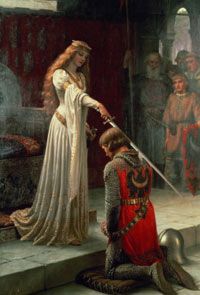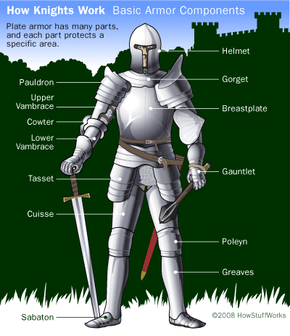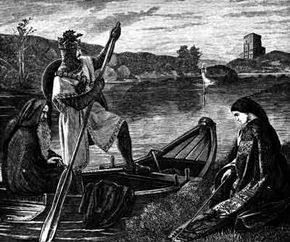When you think of knights, you might envision King Arthur, Sir Lancelot or the Black Knight. We often think of heroic knights in shining armor fighting each other with swords or riding their horses on noble quests. Our images of knights have been influenced over centuries by romance authors (like T.H. White and Sir Walter Scott) and by movies like "Ivanhoe," "Excalibur," "A Knight's Tale," "Camelot" and "Monty Python and the Holy Grail." But what were knights really like? Did they slay dragons and rescue damsels in distress? What were battles and tournaments like? Did they woo ladies at court? Did they live in castles?
Medieval knights were, first and foremost, warriors. They trained for military service from a young age -- in fact, the word "knight" derives from "cniht," an old Anglo-Saxon term for "boy." Knights arose in the eighth century under the feudal system instituted by the French emperor Charlemagne.
Advertisement
Knights were most noted for fighting on horseback, but they also battled on foot. Heavy cavalry of mounted knights with lances and swords broke the lines of many medieval armies -- they were considered an important advantage in battle. The use of knights in warfare became increasingly popular throughout the Middle Ages, and knights were integral to armies throughout Europe. However, with the introduction and increasing use of gunpowder and firearms in the 16th century, the skills of knights became obsolete for warfare. Knighthood eventually became more of a ceremonial honor than an actual military profession.
In this article, we'll examine the lives of knights. We'll look at what they did, how they trained, how they became knights and what their roles in society were. We will also examine what knights do today, how people can become knights and how you can learn the knightly arts.
